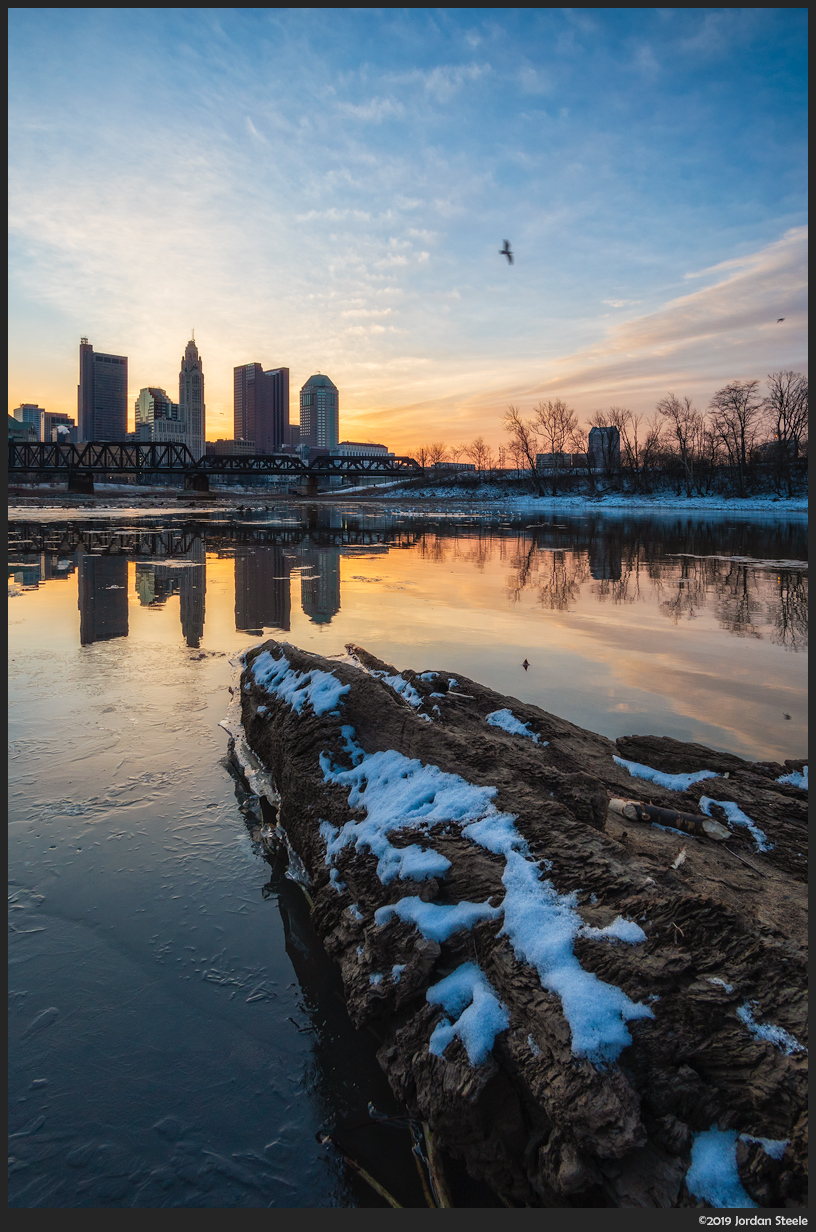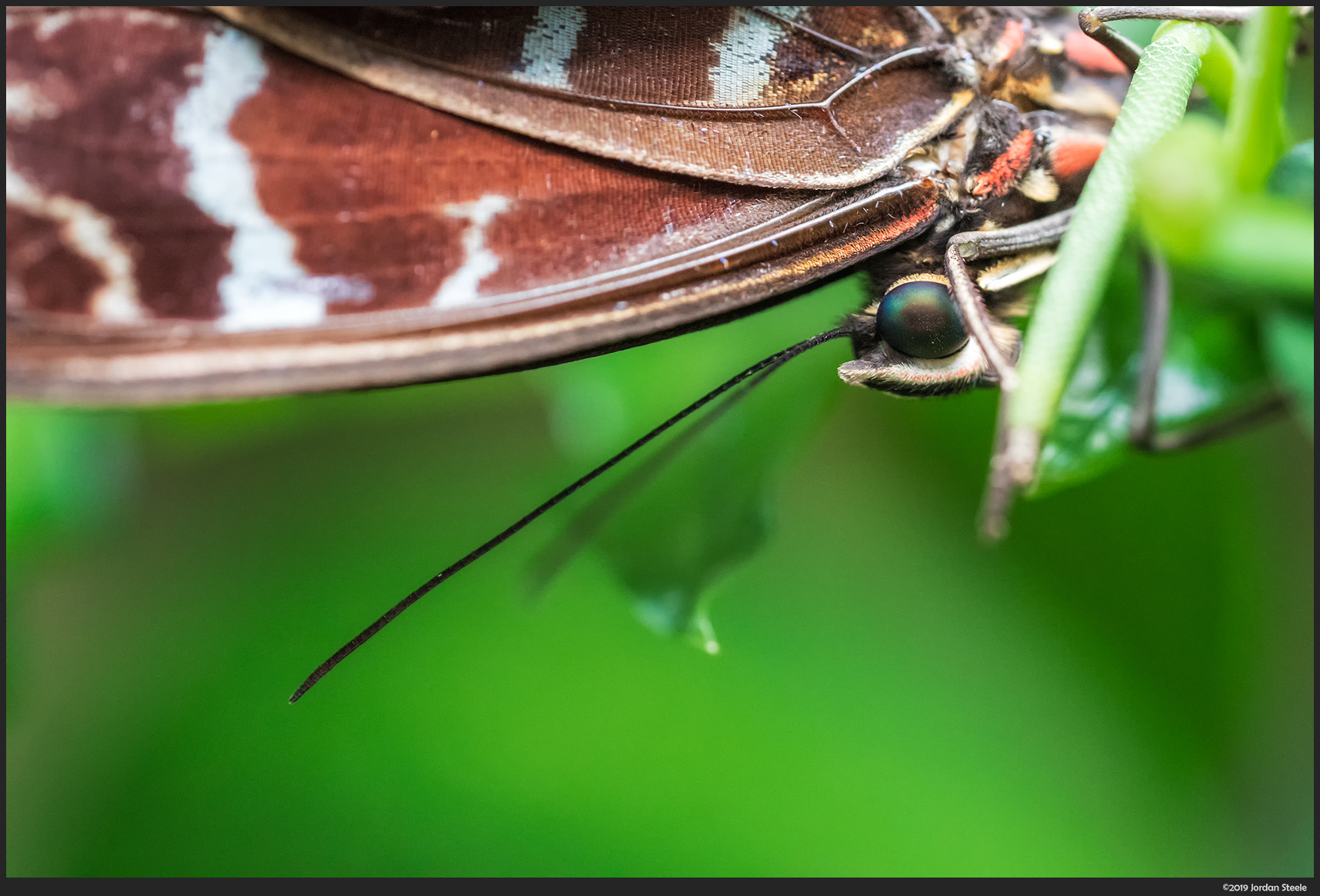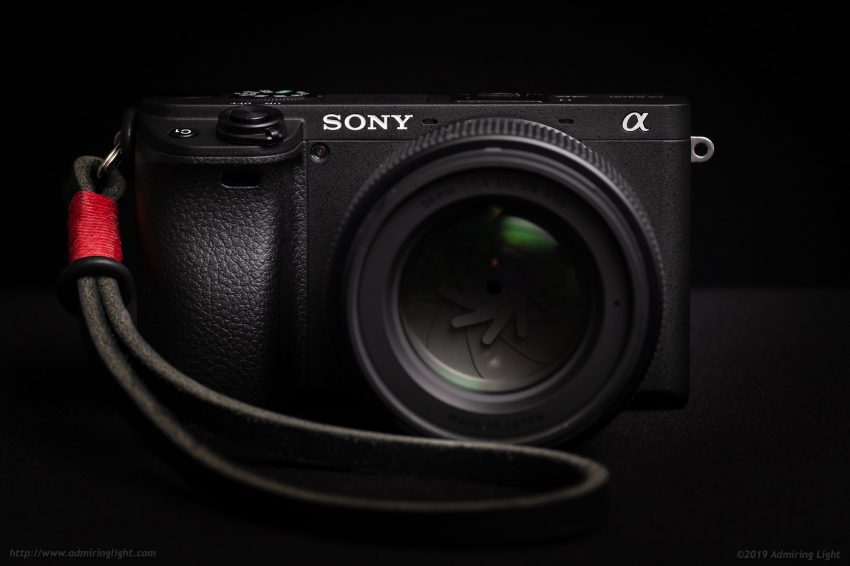Contents
Image Quality
The a6400 uses essentially the same 24 megapixel APS-C sensor as the a6300 and a6500, with a higher-end image processor to facilitate the new autofocus system. Sony claims that this also helps with image quality, but a lot of head to head comparisons have shown the image quality to be more or less identical to its brothers. I don’t have direct experience with those cameras, but I have owned an a6000 for a few years, and coming from that body, the a6400 is a step up.
Dynamic Range and Color
The a6400 fits right in with Sony’s excellent reputation for producing cameras with good dynamic range. While obviously not as good as their full frame lineup, the a6400 has very wide dynamic range for an APS-C sensor, and is capable of producing great images in wide-contrast scenes. Pushing shadows will bring out some noise, but I didn’t notice any banding in my shooting with the camera. Highlights have a fair bit of headroom, and tonal rolloff is quite nice.

The a6400’s color response is a bit muted out of the gate compared to the A7 series cameras, but the data is all there, and can yield excellent results with proper post-processing. A lot of people aren’t huge fans of Sony’s default profiles, and I guess I fall into that camp a bit. I find the new Adobe profiles in Lightroom to be quite good, with Adobe Color, Adobe Landscape and Adobe Portrait producing excellent color response when used in the right situations.

Detail and Noise
The a6400 is capable of resolving excellent levels of detail when using a high-quality lens. The high pixel density in relation to a full-frame camera means that if using Sony FE mount glass on the a6400, it will need to be of the highest quality to get the best out of the sensor. Even the excellent FE 55mm f/1.8 shows a touch of softness at wider apertures, and I found that the made-for-APS-C Sigma 56mm f/1.4 was significantly sharper than the FE 55mm on the a6400 at similar apertures (and even wide open). As ISO values rise, the ability for the sensor to resolve detail goes down, as with any camera, though detail retention in RAW is quite good through about ISO 1600 before detail starts to suffer a little, though shots are still eminently usable at higher ISOs.

Noise stays fairly low through ISO 800 and is moderate at ISO 1600 and ISO 3200. I wouldn’t have too much of a problem using ISO 6400 for most shots either, though by ISO 12,800, noise starts to noticeably affect image quality, ISO 25,600 can also be used in the right situations with proper noise reduction, but any reasonably sized print at this ISO will show a significant amount of noise.
In all, the noise performance appears to be about a stop better than the a6000, and is around a stop worse than the A7 III through most of the range, and perhaps a bit more as ISO values rise.
Video
As I noted at the beginning of the review, I am not a videographer, and as such I’m not really qualified to talk in-depth about the video features of the camera. From my own casual perspective, the camera is quite capable, with the ability to shoot 4K at 30, 24 or 25 fps, with no recording limit. 1080p shooting is available in a wide variety of framerates, from 1fps to 120fps, for fast motion or slow motion, or just for a higher framerate like 60p.
The a6400 has an HDMI output for 8-bit 4:2:2 external recording, as well as a Mic-input jack. Much has been made of the fact that the front tilting screen is covered by any hotshoe mounted microphones, but that issue is easily circumvented by an inexpensive camera cage or flash bracket, allowing you to offset the mic from the screen.
Video quality appeared good to my eye, but does have notable rolling shutter on fast action, and the lack of in-body stabilization means that you’ll want to shoot tripod mounted, with a gimbal or using a lens with optical stabilization. Sony has somewhat tried to aim this camera as ideal for vloggers, but I’m not sure that’s the route they should be going. It’s certainly a capable video camera, but there are probably better options at a similar price point if your focus is video or vlogging.


Do you have set back button focus? If yes then set the focussing to the shutter button and then you should be able to select in the remote app the focus point.
At least this is was the workaround with the a6000
Cheers
I second that..
I second that.. It has also happened to me with the a6000 and it is frustrating that they have not fixed it yet..
Jordan the pictures are awesome. Nice review!
I do not have back button focus set. The remote shooting app in the newer cameras is not the same app as on the earlier PlayMemories store and with the a6000. The current remote shooting app does not allow remote moving of the focus point at all. It’s the same with the A7 III.
Well-done review with great examples.
Thanks!
I’m surprised that the combo a6400+sigma56mm f1.4 is more used than a7iii+sony85mm f1.8.
Why ? I’m curious.
It’s not necessarily more used… But when both are sitting there, grabbing the a6400 for candids is the better choice. However, with the just released Firmware 3 for the A7 III, the AC system has closed the gap a bit (though the tracking capability of the a6400 is still better).
Question from non-photography expert…… When you use the Sigma 150-600 you have to use a mount converter, correct, to get autofocus, auto-exposure? Could you describe your setup when using that particular lens, and how you like it with the a6400? Suggest any other similar alternatives that wouldn’t require the use of converter?
thanks….
Yes, it’s the Canon EF mount version, adapted to Sony using the Sigma MC-11 adapter. The adapter works well with the lens, and while I’m sure the focus speed and accuracy isn’t quite as good as it is on a native Canon camera, it works quite well. Focus is generally accurate and even tracking AF is pretty good as long as the subject isn’t quickly moving very close to you. I’ve been relatively pleased. The lens is sharp enough on the a6400, but it’s notably better on the A7 III in that department due to the lower pixel density. I’ll have a review of that lens sometime in the next few weeks.
As to native alternatives: right now there’s pretty much only one: the FE 100-400mm GM, and then you can add a 1.4x TC to get similar range (though at a smaller aperture). That’s a pricey combo, though.
Any review of Sigma 56 planned ?
Yes! I have most of it written, but have been swamped at my day job as of late, so haven’t had time to finish it up. Hopefully this week!
Thanks 🙂
Still waiting for this.
I’m thinking about dumping FF Sony and leave only APS-C.
I have right now A7II + A5100 (as small camera).
I’m thinking about 10-18 + 18-135 (and 16-50) + 56/1.4 + 28/2 as a travel kit (and maybe Rokinon 12/2 for astro)
And 2 bodies: A6400 + A5100.
What do you think ?
FF alternative for me is 16-35/4 + 70-200/4 + 85/1.8 + new 35/1.8.
It has low light (and probably sharpness) advantage but it’s much heavier.
Thanks for the usual thorough review, Jordan. Have you had a chance to see if the new tracking functions work with the Sigma f/2.8 trio of primes? The impressive AF has me tempted to try Sony out, but it’s my understanding that the older Sigma primes haven’t been able to take full advantage of Sony’s AF technology, and I was curious if this were still the case with the new tracking mode, too. Thanks!
Thanks for another solid review Jordan.
How does the A6400 autofocus compare to the A7iii (for wildlife)?
Is real-time tracking an important consideration?
Cheers.
Richard
Hi dear friend,
Thank you for your time. I saw the article you wrote on the website and thought it was very suitable for the promotion of our products. I have some camera accessories and hope to find some testers for free review. Are you interested in this? If you want to know more details, you can contact me.
Looking for your reply. Thank you in advance.
Warm Regards,
Renee